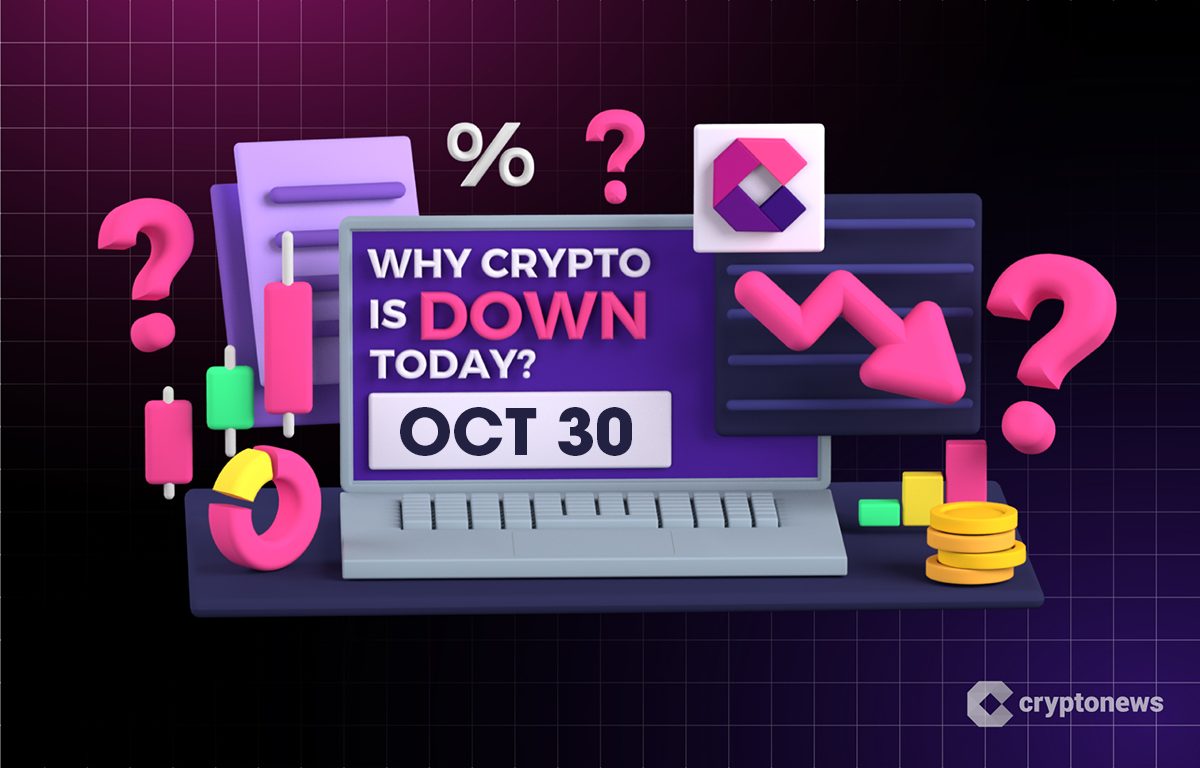The US Dollar is regaining lost ground against the Loonie, amid broader Greenback strength as markets ponder the scope of the Sino-US trade deal. The pair bounced from one-month lows near 1.3880 on Wednesday and is extending gains to test Wednesday’s high, at 1.3954, which, so far, keeps holding bulls.
US President Donald Trump and his Chinese counterpart, Xi Jinping, have reached a deal to lower tariffs on Chinese products, while China will keep rare-earth trade flowing, resume purchases of US soybeans, and tackle the illegal trade of fentanyl.
Details of the agreement have been scarce, but Trump has deemed the meeting “amazing”, and the Chinese Premier Xi affirmed that they reached a consensus on “important economic and trade issues” to solve their problems, according to a report by the state-owned Xinhua news agency.
The US Dollar jumped from lows on Wednesday following the Federal Reserve’s monetary policy decision. The bank cut rates by 25 basis points, as widely expected, but Chairman Jerome Powell rattled markets, warning that a December rate cut is far from guaranteed, and sent the US Dollar higher against its main peers.
Somewhat earlier, the Canadian Dollar got a boost from a “hawkish rate cut” by the Bank of Canada (BoC). The central bank met expectations and lowered its benchmark interest rate by 25 basis points to 2.25%, but Governor Tiff Macklem struck an unexpectedly hawkish tone at the ensuing press conference, suggesting that the BoC might have reached the end of the easing cycle.
Central banks FAQs
Central Banks have a key mandate which is making sure that there is price stability in a country or region. Economies are constantly facing inflation or deflation when prices for certain goods and services are fluctuating. Constant rising prices for the same goods means inflation, constant lowered prices for the same goods means deflation. It is the task of the central bank to keep the demand in line by tweaking its policy rate. For the biggest central banks like the US Federal Reserve (Fed), the European Central Bank (ECB) or the Bank of England (BoE), the mandate is to keep inflation close to 2%.
A central bank has one important tool at its disposal to get inflation higher or lower, and that is by tweaking its benchmark policy rate, commonly known as interest rate. On pre-communicated moments, the central bank will issue a statement with its policy rate and provide additional reasoning on why it is either remaining or changing (cutting or hiking) it. Local banks will adjust their savings and lending rates accordingly, which in turn will make it either harder or easier for people to earn on their savings or for companies to take out loans and make investments in their businesses. When the central bank hikes interest rates substantially, this is called monetary tightening. When it is cutting its benchmark rate, it is called monetary easing.
A central bank is often politically independent. Members of the central bank policy board are passing through a series of panels and hearings before being appointed to a policy board seat. Each member in that board often has a certain conviction on how the central bank should control inflation and the subsequent monetary policy. Members that want a very loose monetary policy, with low rates and cheap lending, to boost the economy substantially while being content to see inflation slightly above 2%, are called ‘doves’. Members that rather want to see higher rates to reward savings and want to keep a lit on inflation at all time are called ‘hawks’ and will not rest until inflation is at or just below 2%.
Normally, there is a chairman or president who leads each meeting, needs to create a consensus between the hawks or doves and has his or her final say when it would come down to a vote split to avoid a 50-50 tie on whether the current policy should be adjusted. The chairman will deliver speeches which often can be followed live, where the current monetary stance and outlook is being communicated. A central bank will try to push forward its monetary policy without triggering violent swings in rates, equities, or its currency. All members of the central bank will channel their stance toward the markets in advance of a policy meeting event. A few days before a policy meeting takes place until the new policy has been communicated, members are forbidden to talk publicly. This is called the blackout period.
Source: https://www.fxstreet.com/news/usd-cad-picks-up-to-13950-amid-a-firmer-us-dollar-202510300929


